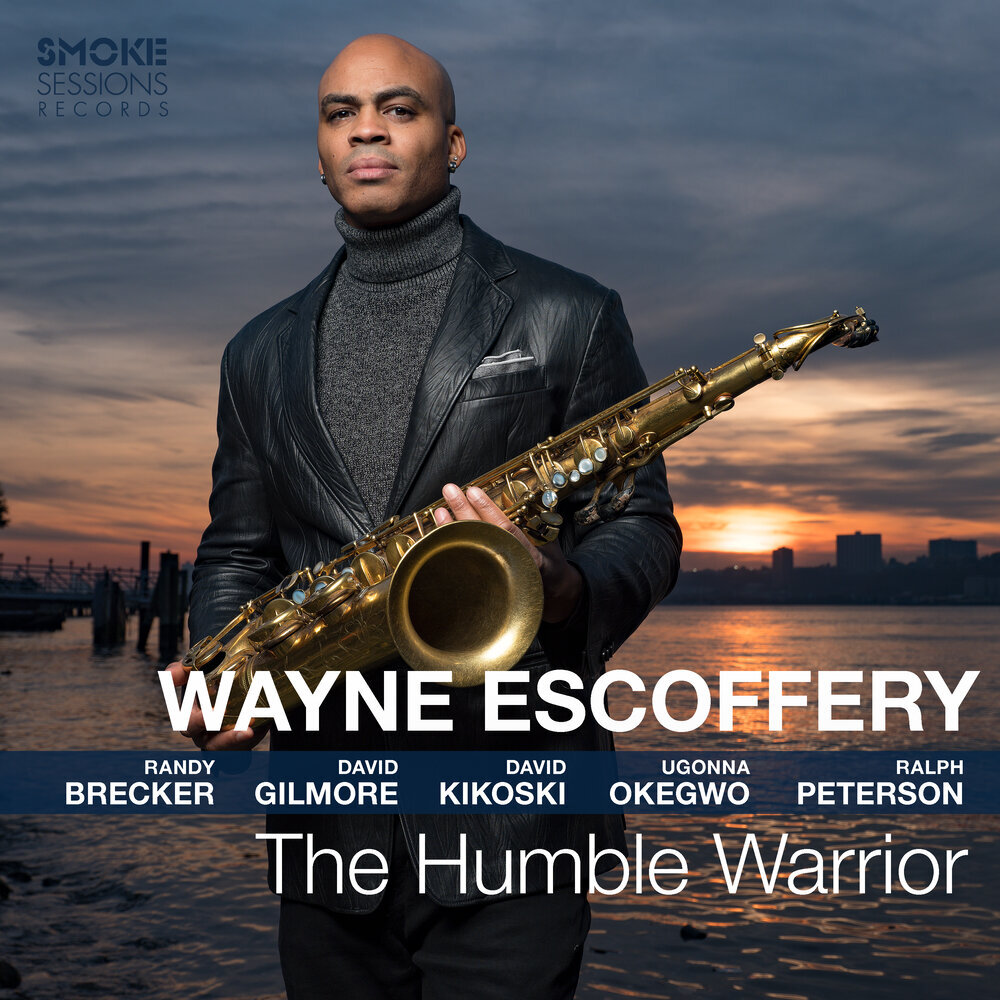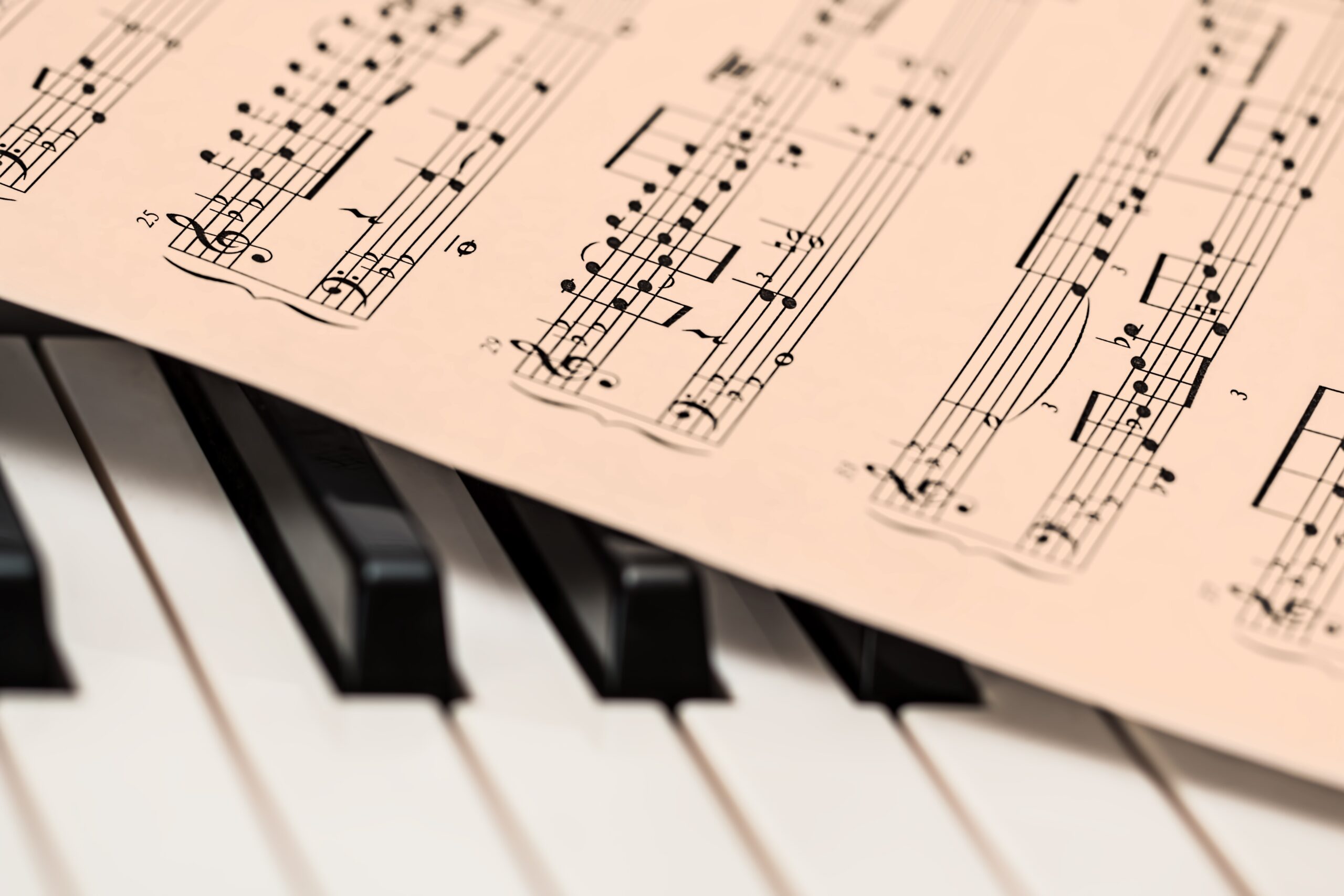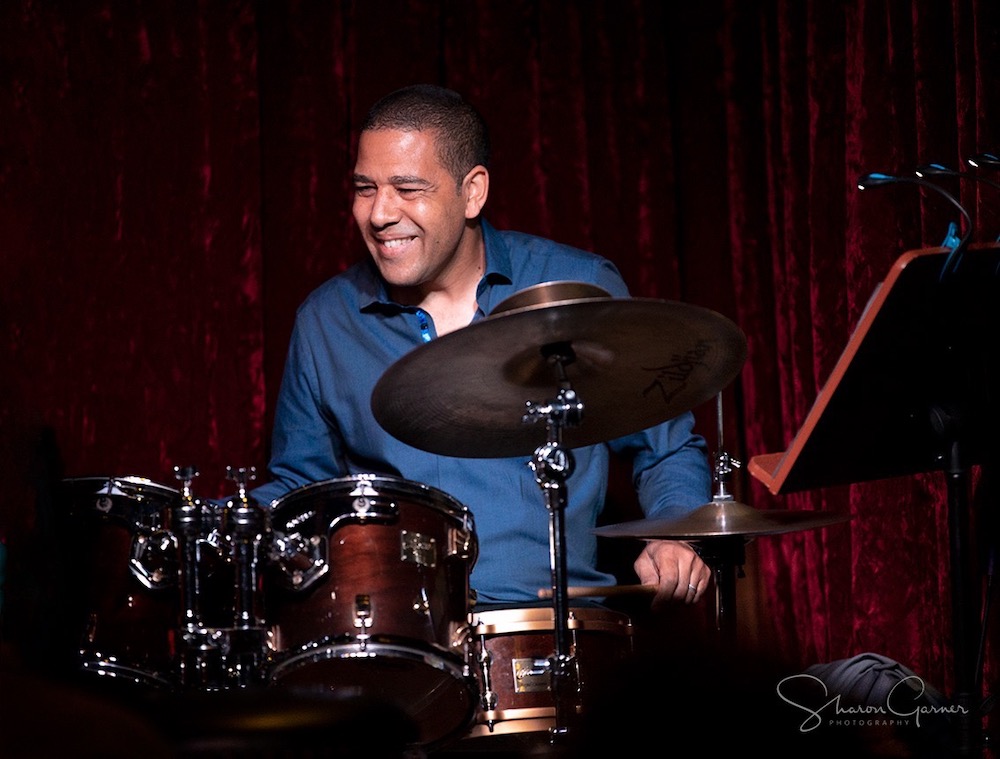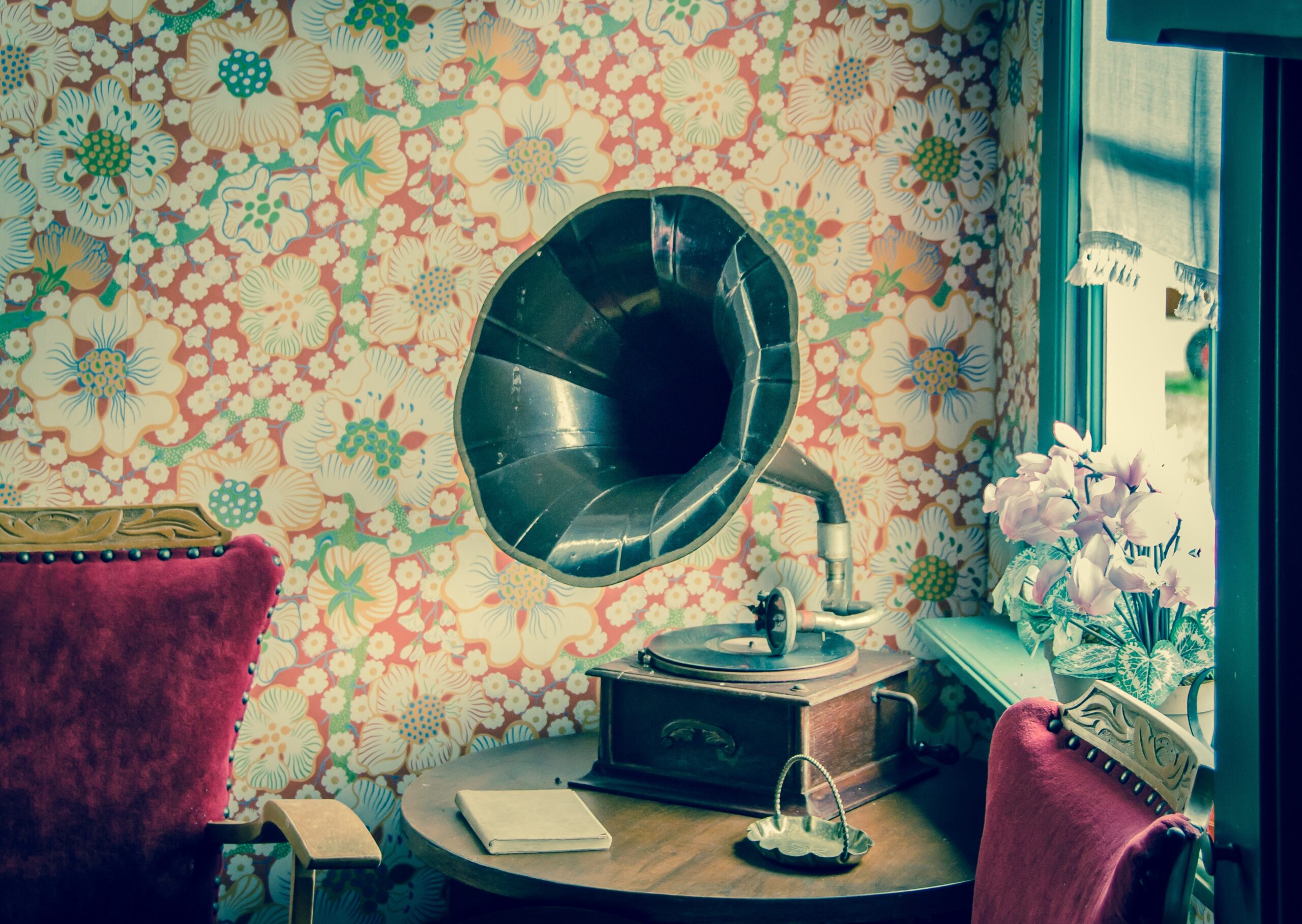Sweet Songs for Strawberry Picking
Sweet Songs for Strawberry Picking
Now that school is out, maybe you’ve been tasked with babysitting your grandchildren or your nieces and nephews, but you’re struggling to come up with fun activities to do with them. Or maybe, if you’re like me, you’ve just been finding yourself googling chocolate covered strawberries near me. Either way, chances are, you could probably use a nice day of strawberry picking!
And you’re in luck because, according to horticulturalists, mid-May to early July is the best time of year to go strawberry picking in the eastern and midwestern northern states! Strawberries are in season now in this area, which means they are the most naturally ripe. So, the local strawberries you’ll be picking will be much tastier than the strawberries you’ll find at the grocery store, which have usually been shipped from thousands of miles away!
Find a wild strawberry patch, farm, or orchard near you, grab a pail and a speaker, and turn on these sweet tunes while you pick some berries!
Miriam Makeba – Love Tastes Like Strawberries
Nicknamed “Mama Africa,” this South African singer, songwriter and civil rights activist was famous in the 1960s and 70s for her many musical accomplishments in Afropop and jazz, and for becoming a symbol of the anti-apartheid movement.
In contrast with her other more political songs, this 1962 tune is very light and whimsical. The dreamy lyrics will make biting into a dewy strawberry feel like true love’s kiss! The berry man cried, won’t you try this / We looked, we stopped, we stole a kiss / The berries are gone and the spring has passed / But I know my love will always last.
Wynton Marsalis – The Strawberry
This 2017 collaboration at the Lincoln Center Orchestra features many wonderful contemporary artists who really do a great job creating a fun, vibrant and eclectic sound that’ll be sure to put a pep in your step as you wake up early on a crisp summer morning to pick some delicious strawberries. Your grandkids and nieces and nephews will also probably love trying to identify all the different instrument sounds in the composition.
Also, here’s a quick tip: morning is the best time to pick strawberries because it is still cool out, so the delicate berries won’t bruise and will last longer and store better!
The Beatles – Strawberry Fields Forever
While you pick some scrumptious berries, embrace your inner free-spirit, and indulge in a sense of childlike wonder with this beloved 1967 tune. Did you know that John Lennon thought this song was his finest work with the Beatles? Do you agree?
Grover Washington, Jr. – Strawberry Moon
This funky 1987 tune comes from one of the founders of smooth jazz—Grover Washington, Jr. I don’t know about you, but the silky saxophone and charming melody of this song really makes me want to sit on the back patio at dusk, sip on some champagne and munch on some chocolate covered strawberries!
Deanna Washington – Strawberry Wine
Inspired by the songwriter’s coming of age story as a teenager at her grandparents’ dairy farm in Wisconsin, this sentimental 1996 ballad became a signature for both Washington and Matraca Berg, who wrote the song.
There’s just something nostalgic about the sweetness of strawberry wine. It brings you back to summers passed, doesn’t it? The hot July moon saw everything / my first taste of love oh bittersweet / Green on the vine.
The WJ3 All-Stars – Star Eyes
All the yummy strawberry sweetness and nectar might just go to your head and give you star eyes! After the day’s adventures, come home, relax with your loved ones, and listen to this peaceful jazz song while you eat some fresh-baked strawberry scones.
If you’re looking for some more dreamy jazz songs that’ll bring you back to your childhood, check out the newest album from the WJ3 All-Stars—My Ship, which is available in our store and on all major music platforms today!
This post was written by Blog Editor, Jacqueline Knirnschild.










